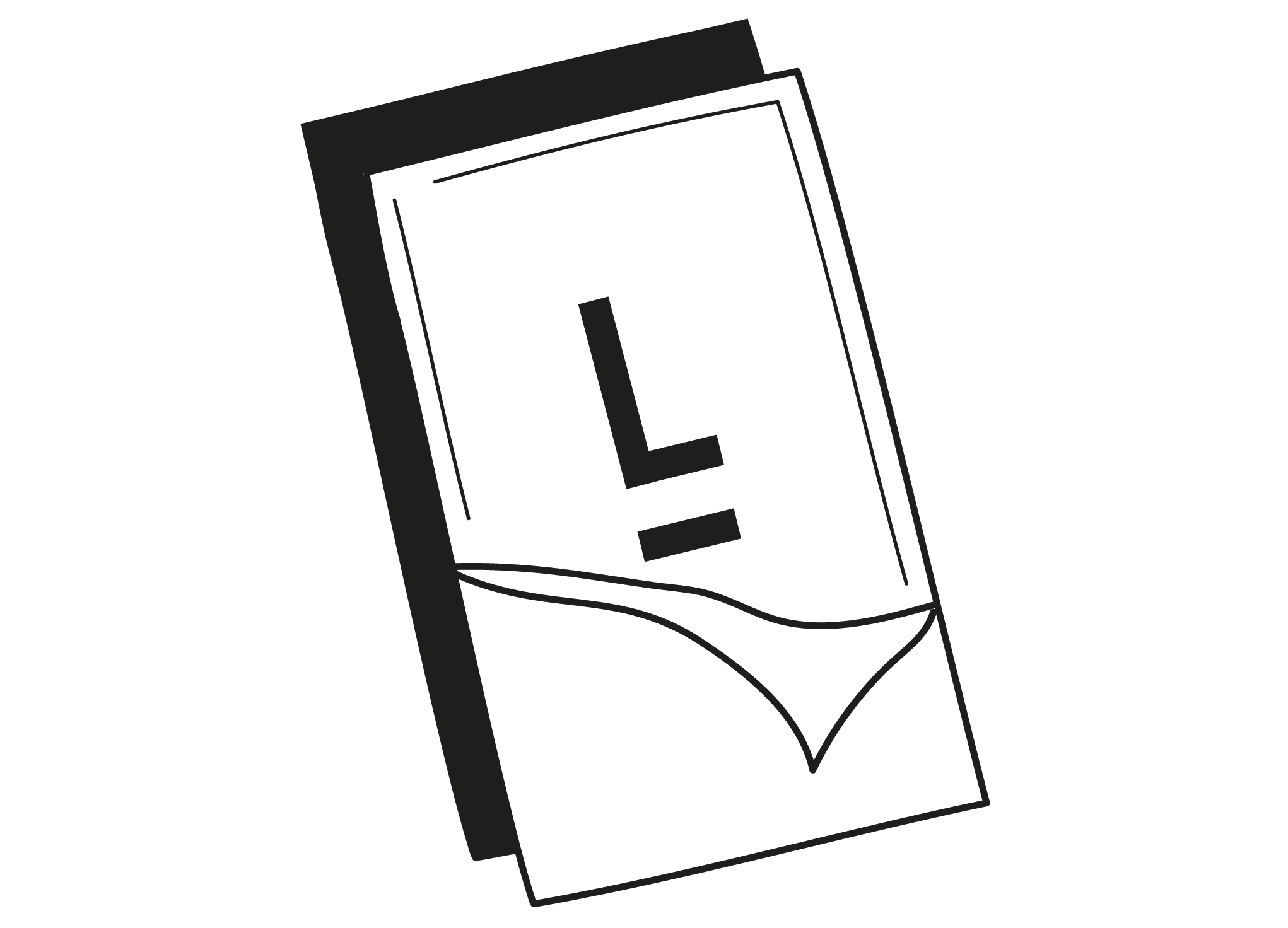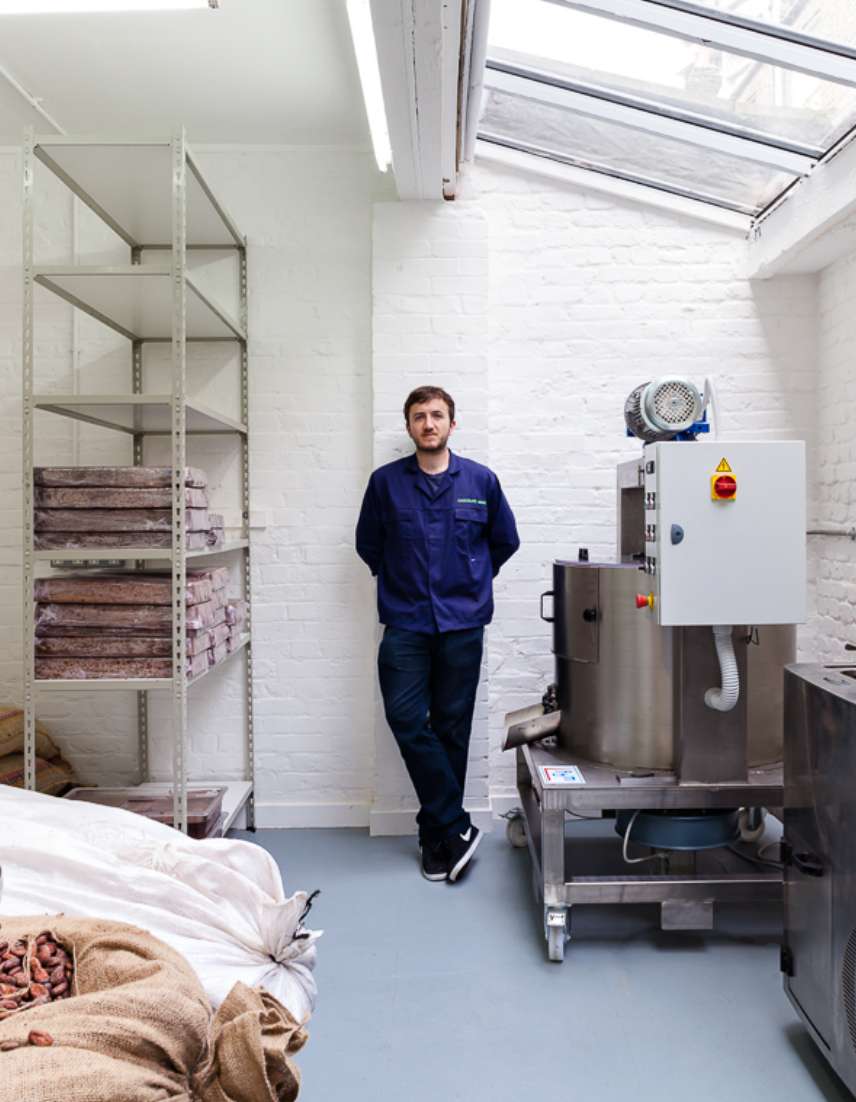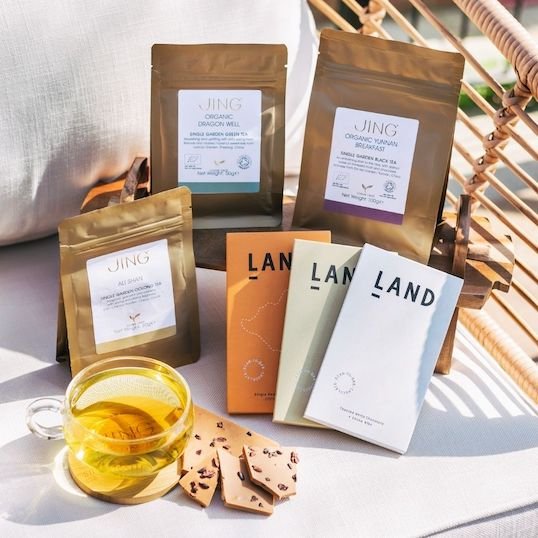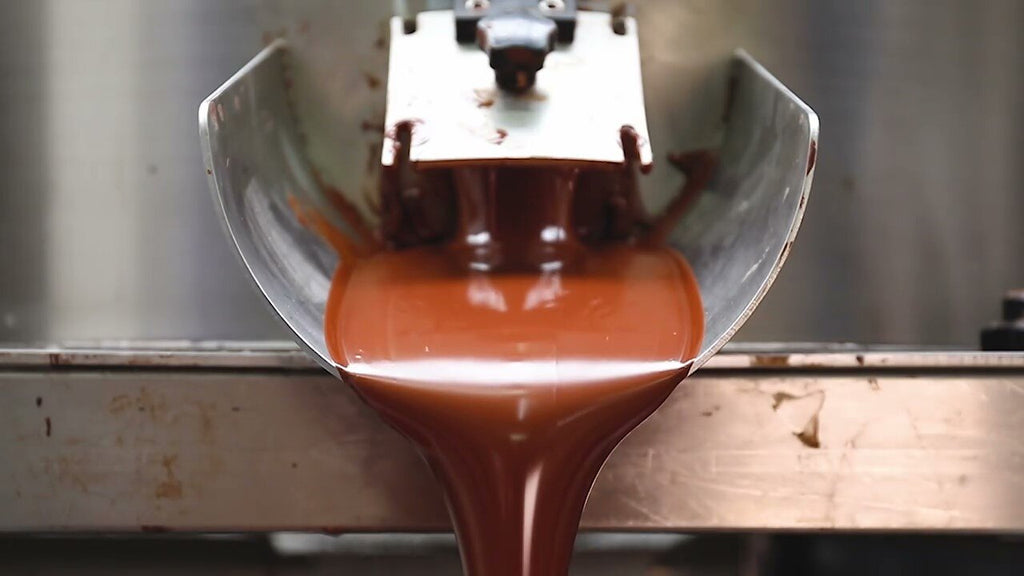HOW IT’S DONE
Stripping chocolate back to its basics, Land treats the cocoa bean with meticulous detail at
every stage of the process. This process starts with sourcing our cocoa. We work with similar minded producers such as Ingemann and Uncommon Cacao to buy the best quality cocoa whilst also providing a living income to the farmers paying 2-3 times fair trade price.
Once the cocoa has arrived in our workshop, its our job to extract the array of natural flavour which
all stems from the bean, and create enjoyment of a food in one of its purest forms...
1. SORTING
Once the cocoa beans have arrived in the workshop
first job is to hand sort them, prepping them for the
roast. This process simply involves removing spoiled
beans and any foreign materials; the odd, dead bug
stowaway who came along for the ride from the farm.
Hand sorting through endless kilos of cocoa beans
sounds time consuming...it is.
Welcome to small batch chocolate making.
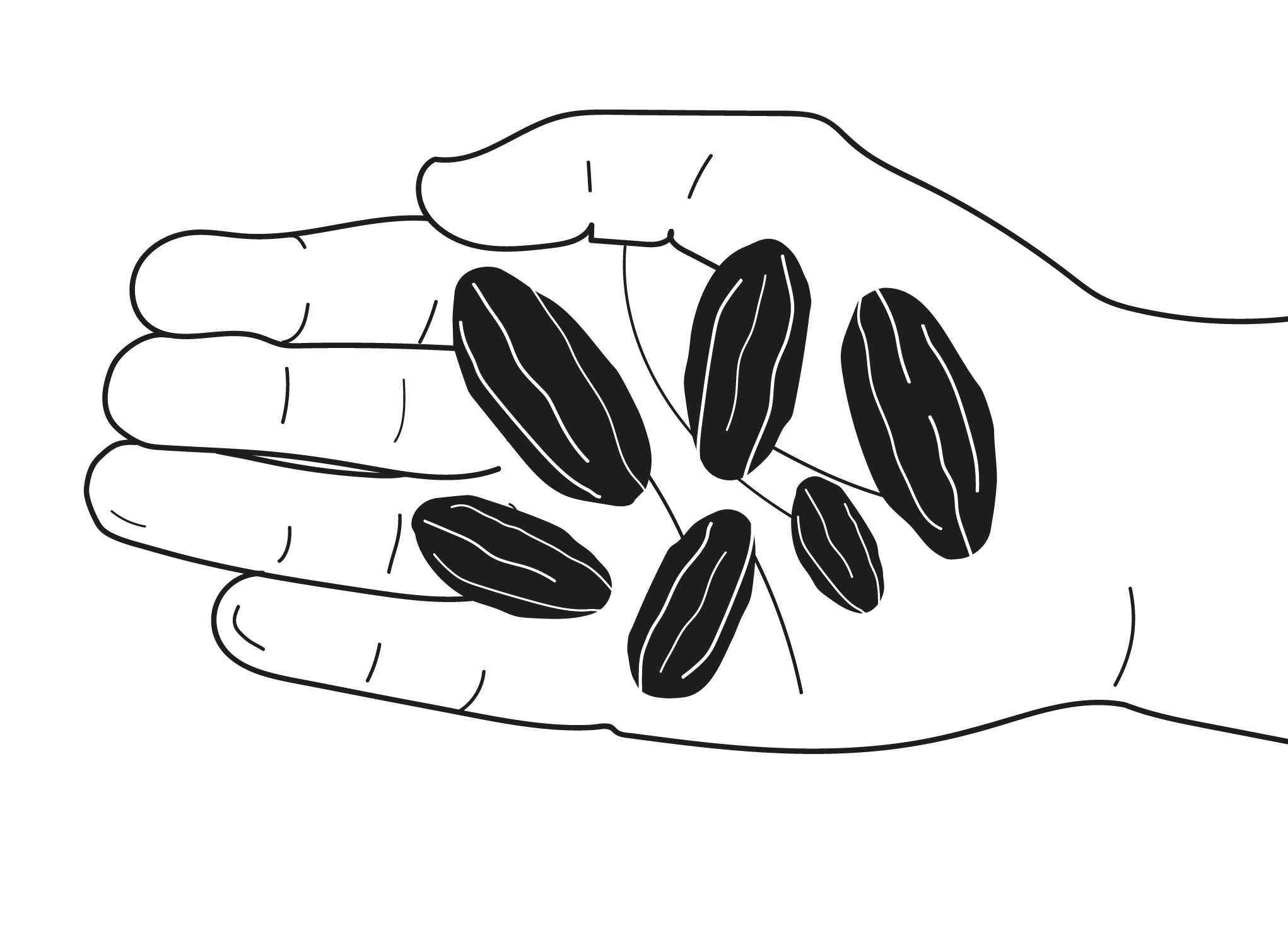
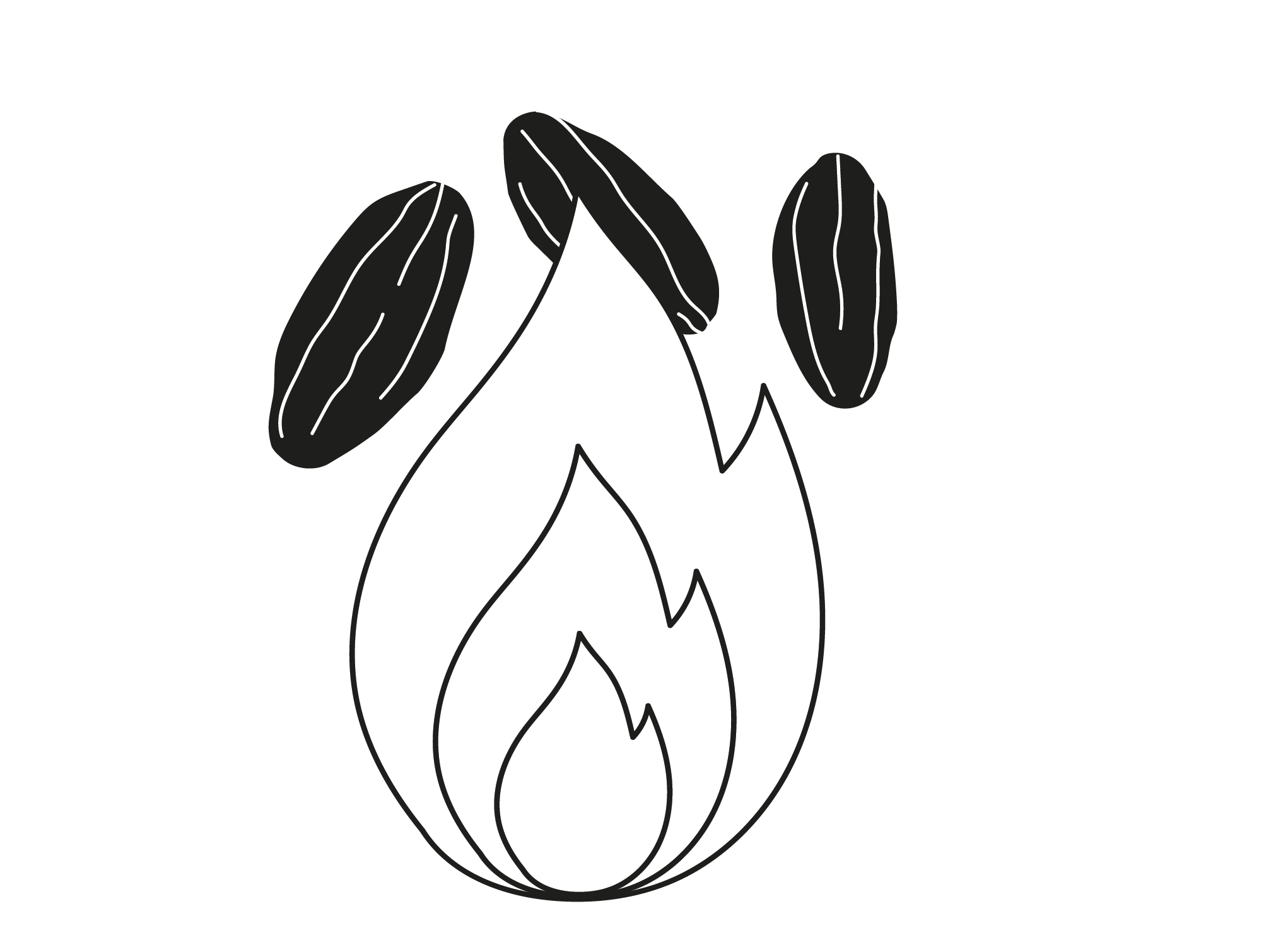
2. ROASTING
A key role in unlocking the myriad of natural flavour
found in the cocoa bean can be found at the roasting
stage . Every bean variety has its own distinct
personality, so we have developed a different
roasting profile for each.
Roasting drives off volatile acids from the beans and
converts amino acids and sugars into more tasty fully
formed flavour compounds through the Maillard
reaction (browning process).
3. CRACK & WINNOW
Next step is to crack open the beans and discard the unwanted husks, which at LAND takes place on a rather primitive device.
It’s a bespoke hybrid of second-hand machines and a household hoover that successfully cracks open the beans and blows away the husks, leaving us with clean cocoa nib ready to load up into the melangeur and turn into chocolate.
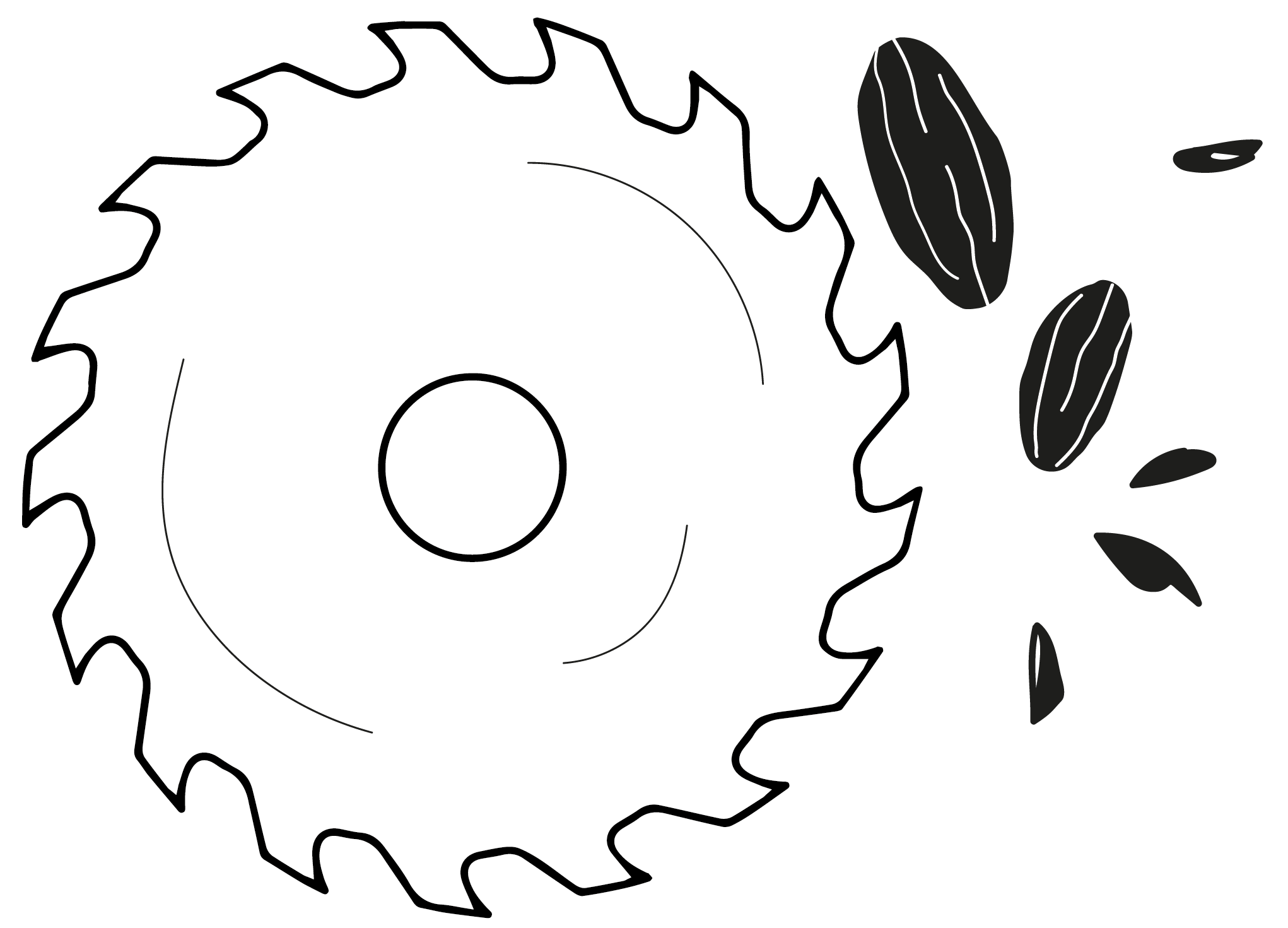
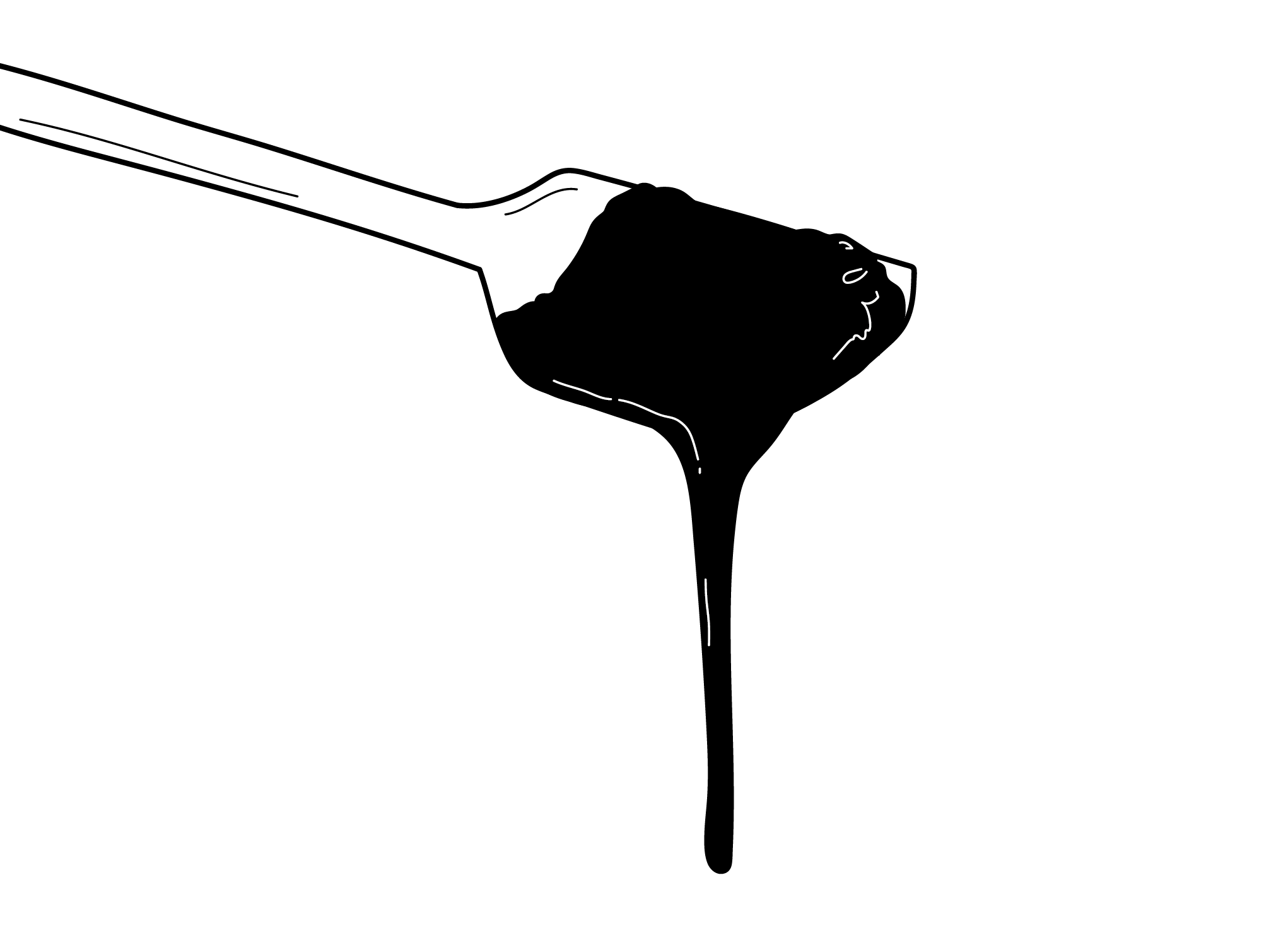
4. GRIND & CONCHE
The cocoa nibs are thrown into our stone granite
melangeur or one of our Universal grinders. These
machines break down the nibs and sugar over a 72
hour period into liquid form. By the end of the grind
particle size reduces to something between 15-20
microns, something that feels smooth on the tongue.
The chocolate is then moved onto the conching phase
where we do some final flavour development. This
involves agitating the chocolate to improve
mouthfeel, drive off any left-over volatile acids and
coax out the deeper more nuanced flavour notes.
5. TEMPER & WRAP
Tempering gives chocolate structure and is what gives
chocolate that nice shine to it. It involves heating
and cooling down the chocolate and allowing the
cocoa butter to crystallise. It’s this crystallisation
which is crucial to giving chocolate its glossy finish.
Bars are then all hand wrapped by our patient team.
A bar wrapping machine has been on the Land
Christmas list for a while… maybe next year.
